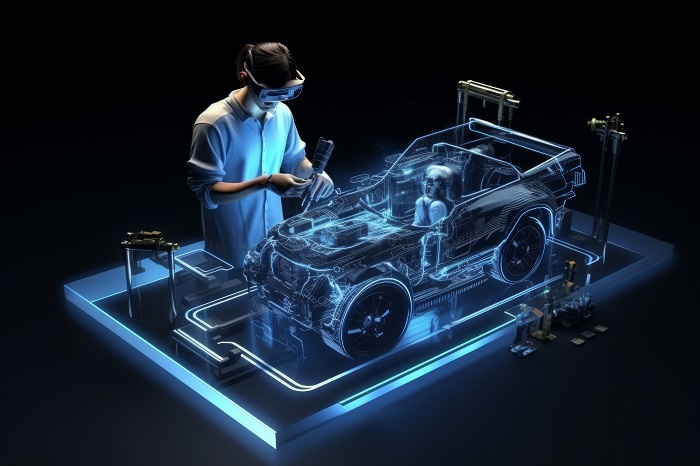To ensure your vehicle runs smoothly for years, it’s essential to maintain key systems like the battery, brakes, and electrical components. By understanding and caring for these critical areas, you can improve your car’s performance and longevity. Here’s how mastering the basics of vehicle maintenance can keep your vehicle on the road for longer.
Maintaining Electrical System
Your vehicle’s electrical system powers everything from the engine’s ignition to the lights and accessories. Maintaining your electrical system is key to avoiding breakdowns and ensuring your car starts reliably every time. One of the most important tools for checking your vehicle’s electrical system is a multimeter. A multimeter allows you to measure voltage, current, and resistance, helping you diagnose issues with your battery, alternator, or wiring.
For instance, if you suspect your battery is weak or failing, you can use the multimeter to check the voltage. A healthy car battery should typically read between 12.4 and 12.6 volts when the engine is off. If the voltage is significantly lower, it might be time to replace the battery. Additionally, a multimeter can help you test other electrical components like fuses, sensors, and wiring to ensure your vehicle’s electrical system is functioning optimally.
By regularly checking your electrical system with a multimeter, you can identify and fix minor issues before they turn into bigger problems, ensuring your car’s electrical components last longer.
Optimal Braking Power
Your vehicle’s braking system is crucial for both safety and performance. Keeping your brakes in top condition ensures that your car stops effectively, reducing wear on your brake components and ensuring a smooth ride. One of the key maintenance tasks for brakes is bleeding them to remove air bubbles from the brake lines. Air in the brake lines can cause spongy brakes and reduce braking performance, which can be dangerous.
Using a brake bleeder allows you to safely and effectively remove air from the brake system, ensuring your brakes respond quickly and efficiently when needed. Bleeding the brakes is especially important after replacing brake fluid or working on the brake system, as it helps maintain optimal hydraulic pressure.
In addition to bleeding your brakes, installing a disc brake wheel spacer can enhance your braking system’s performance. Wheel spacers allow you to create more space between the brake calipers and the wheel, improving brake clearance and ensuring more consistent braking force. This is particularly useful if you’re upgrading your braking system or using aftermarket wheels.
Maintaining your brakes by regularly checking fluid levels, bleeding air from the system, and ensuring proper clearance with wheel spacers will help extend the lifespan of your brake components and improve your vehicle’s overall braking performance.
Final Thoughts
Mastering the basics of vehicle maintenance—particularly the electrical system and brakes—will go a long way toward improving your car’s longevity. Using a multimeter to monitor your electrical system, maintaining optimal braking power with a brake bleeder, and enhancing brake clearance with disc brake wheel spacers are easy ways to keep your car running smoothly.
By regularly performing these basic maintenance tasks, you’ll not only improve your car’s performance but also extend its lifespan, saving you from costly repairs and ensuring a reliable and safe ride for years to come.




